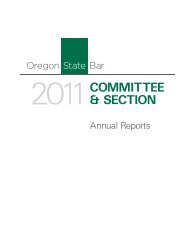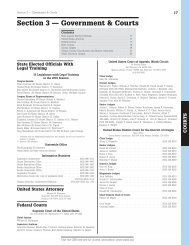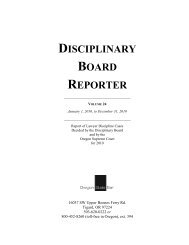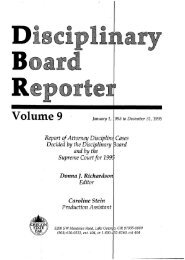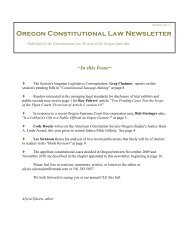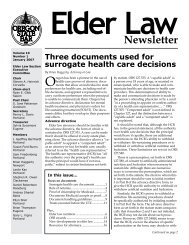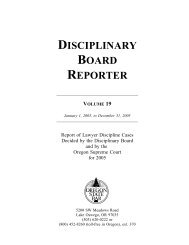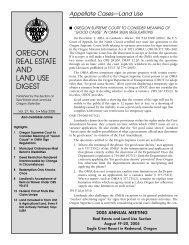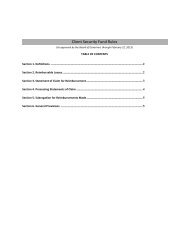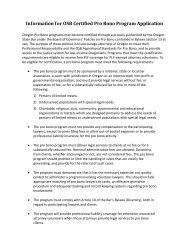MPT Grading Materials July 2010 - Oregon State Bar
MPT Grading Materials July 2010 - Oregon State Bar
MPT Grading Materials July 2010 - Oregon State Bar
You also want an ePaper? Increase the reach of your titles
YUMPU automatically turns print PDFs into web optimized ePapers that Google loves.
the fire was intentionally set. [Contrast with Robb, in which there was clear<br />
evidence of manipulation of the price of the mining stock.]<br />
• Just burning down his own building is not arson. Frank. Crim. Code § 3.01.<br />
• By contrast, in Robb, there was evidence available to the government that the<br />
defendant had employed his lawyer in the midst of his fraudulent mining scheme, and<br />
the actual mining records revealed the misrepresentations in the publicly disseminated<br />
information. Accordingly, the government met the “some evidence” standard required<br />
to trigger in camera review of the attorney-client communications.<br />
• The Walker/Hammond relationship appears much closer to that in <strong>State</strong> v. Sawyer<br />
(Columbia Sup. Ct. 2002): “While the evidence would indeed support an inference<br />
that Krause retained Novak to facilitate perjury, it supports an equally strong<br />
inference that Krause retained him to ensure that his choices were informed—and that<br />
he failed to cooperate earlier because he was afraid he might expose himself to<br />
prosecution with no countervailing benefit.”<br />
• There is an equally strong inference that Hammond, realizing that his financial<br />
situation made him a prime suspect in an arson investigation, retained Walker to<br />
ensure that he had sound legal advice in responding to police inquiries.<br />
• Finally, it can be argued that the same public policy underlying the existence of the<br />
attorney/client privilege—encouraging clients to fully and frankly disclose matters to<br />
their attorneys—also supports the Franklin courts adopting a probable cause standard.<br />
• “[T]he attorney-client privilege [is] the oldest of the privileges for confidential<br />
communications known to the common law. It encourages full and frank<br />
communication between attorneys and clients….” Robb.<br />
• Robb recognized that the low “some evidence” standard had the potential to lead to<br />
infringement of confidentiality between attorney and client. But the Robb court<br />
reasoned that because of the risk that a higher standard could “improperly cloak<br />
fraudulent or criminal activities,” the “some evidence” standard was appropriate. Id.<br />
• It could be argued that the Robb standard encourages fishing expeditions into<br />
privileged communications and that it could have a chilling effect on the attorneyclient<br />
relationship. Sawyer is the better approach. Franklin should join Columbia in<br />
requiring a “strong factual basis for the inference” that the crime-fraud exception<br />
8



